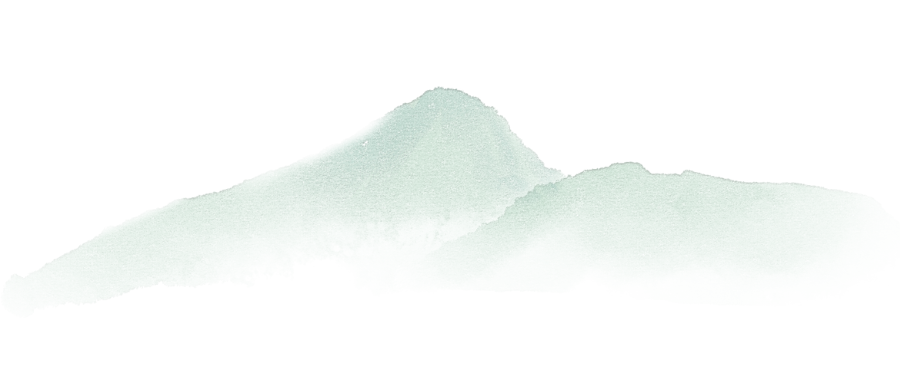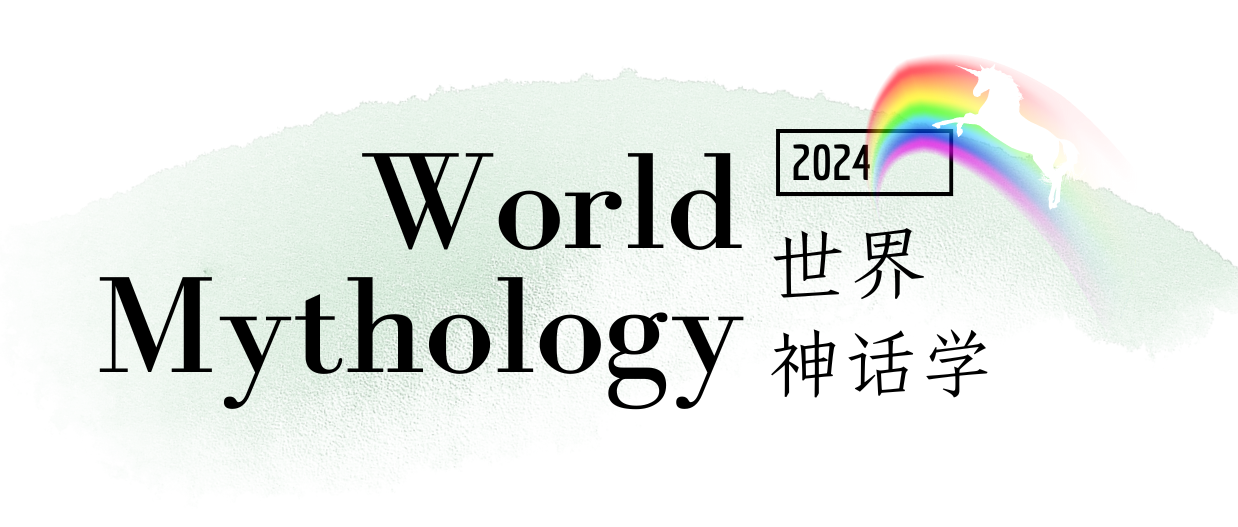
版权归Crash Course公开课所有,本文仅作读文学习使用,如侵权,请联系搬运工删除。
(25)
The Hero's Journey
and the Monomyth
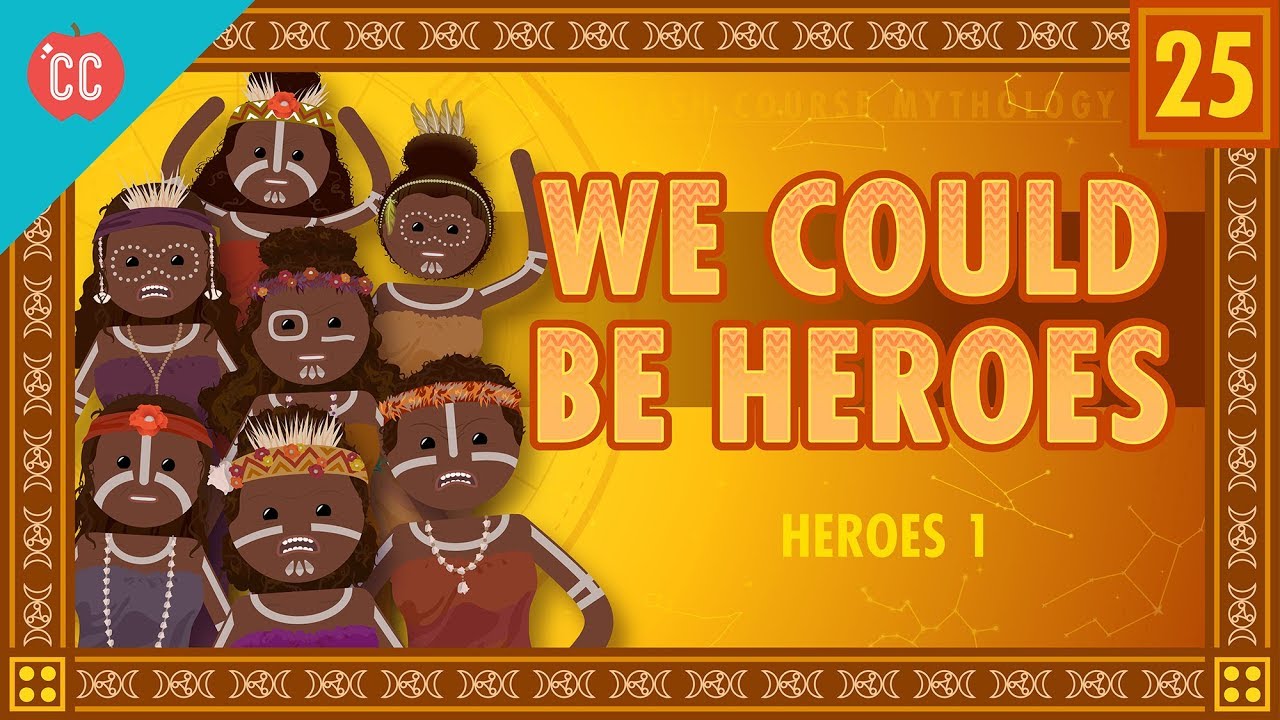
Description
🌳 Let's get Heroic with Mike Rugnetta. This week on Crash Course World Mythology, we're talking about the Hero's Journey and the Monomyth, as described by Joseph Campbell. Campbell's theories about the shared qualities of human story telling are pretty cool. And they've been hugely influential on the way we tell stories today. So, consider this your Call to Destiny. Crash Course is going to help you Cross the Threshold into the Belly of the Whale that is YouTube, and escort you through the Many Trials, on our way to the Ultimate Boon of knowledge. And there are a bunch of other steps in there, too. So, come along heroes! Let's learn this stuff!
🌳
1. This is Crash Course Mythology, and today we're gonna talk about the people at the center of many mythological stories: heroes. There are so many to choose from. Heroes appear in the stories of just about every culture and in just about every age, everyone has heroes. Who's yours?
Heroes are so ubiquitous[juˈbɪkwɪtəs](十分普遍的,无处不在的), it can be hard to say what even makes them a hero. Do they fight villains? Are they a role model? Or is a hero just a synonym[ˈsɪnənɪm](同义词) for protagonist[proʊˈtæɡənɪst](主角)? To answer, we'll examine Joseph Campbell's[1] influential theory: the monomyth of the hero's journey.
[1] Joseph Campbell 约瑟夫·坎贝尔
(March 26, 1904 - October 30, 1987)
美国研究比较神话学的作家,主要著作有《千面英雄》、《千面女神》、《神话的力量》等。本篇所讲主题 monomyth 是《千面英雄》(The Hero With a Thousand Faces)重要理论,monomyth这种叙事模式启发了很多剧作家。
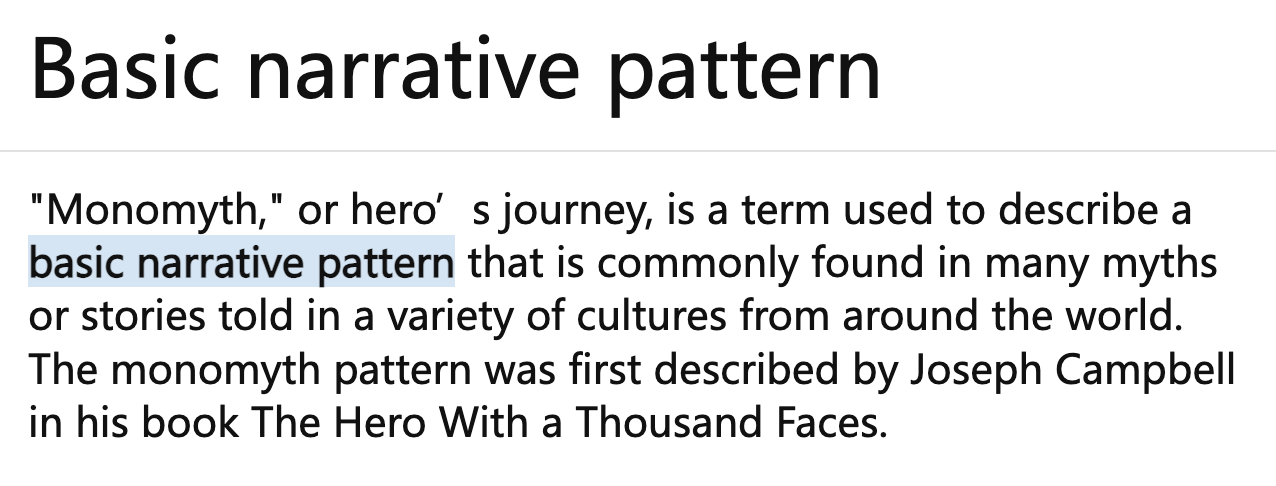
monomyth's definition
🌳
2. But first one bit of housekeeping, throughout this episode I'm going to be saying hero with a vaguely masculine sense, and this isn't because there aren't stories about heroines, but because in English that's the implication that word tends to have. And, furthermore, Campbell himself had a rather dude-centric view of the world.(大男子主义世界观)
You'll see what I mean, but don't worry, eventually we're going to get to a story about seven awesome sisters who have something to say about all of this. Alright, housekeeping complete, on with the hero show.
🌳
3. You may remember Joseph Campbell from our theories of myth episode. Campbell identified a series of events that appear in multiple stories from numerous cultures. He developed a sort of road map for spotting these recurring main beats and named the whole structure: The Hero's Journey, sometimes called the monomyth.
🌳
4. The journey aspect is really crucial though. For Campbell, that's exactly what a hero does: they journey away from safety and toward adventure before coming home again. It's hard to describe just how influential Campbell's theory has become. But in spite, or perhaps because of that Campbell is also pretty divisive(引起分歧的,造成不和的,具有争议的). He had some troubling ideas about culture and a very narrow view of gender, including the roles of women. Still, his theory persists as a useful starting point for talking about the significance of mythological heroes.
🌳
5. In particular, Campbell believes that heroes tell us something about ourselves. Contemporary mythology scholars Eva Thury and Margaret Devinney described his view like this: "We are all heroes struggling to accomplish our adventure. As human beings, we engage in a series of struggles to develop as individuals and to find our place in society. Beyond that, we long for wisdom: we want to understand the universe and the significance of our role in it."
🌳
6. In addition to many myths, Campbell drew on a number of recent, for him, psychological theories, especially those of Sigmund Freud(西格蒙德·弗洛伊德), Otto Rank(奥托·兰克) and Carl Jung(卡尔·荣格).[1] Campbell borrowed from each, and developed a model that emphasizes the importance of the mother figure, which was vital to Jung, while also stressing the father-son relationship. In a sense, his framework allows us to read individual heroes as symbolic of the psychological journey that we all go through.
[1] 西格蒙德·弗洛伊德和奥托·兰克是精神分析学派的代表人物。卡尔·荣格是分析心理学创始人。
🌳
7. Campbell even claims that myths aren't really written by their authors. Instead they're manifestations of universal, cosmic forces that shape the human subconsciousness. How Jungian(荣格学派)?!
Because hero myths originate in the psyche, Campbell believed that they're universal to humans, and follow similar, if not identical, patterns. This idea that all hero myths share a common pattern or structure is what inspires the name, monomyth.
🌳
8. The monomyth, aka the hero's journey, has 3 parts and 17 sub-parts. So strap in, as I take you through how this structure works, and sometimes doesn't. And just to be clear, Campbell isn't saying that every story has all 17 sub-parts, just that most heroic stories have some of the parts.
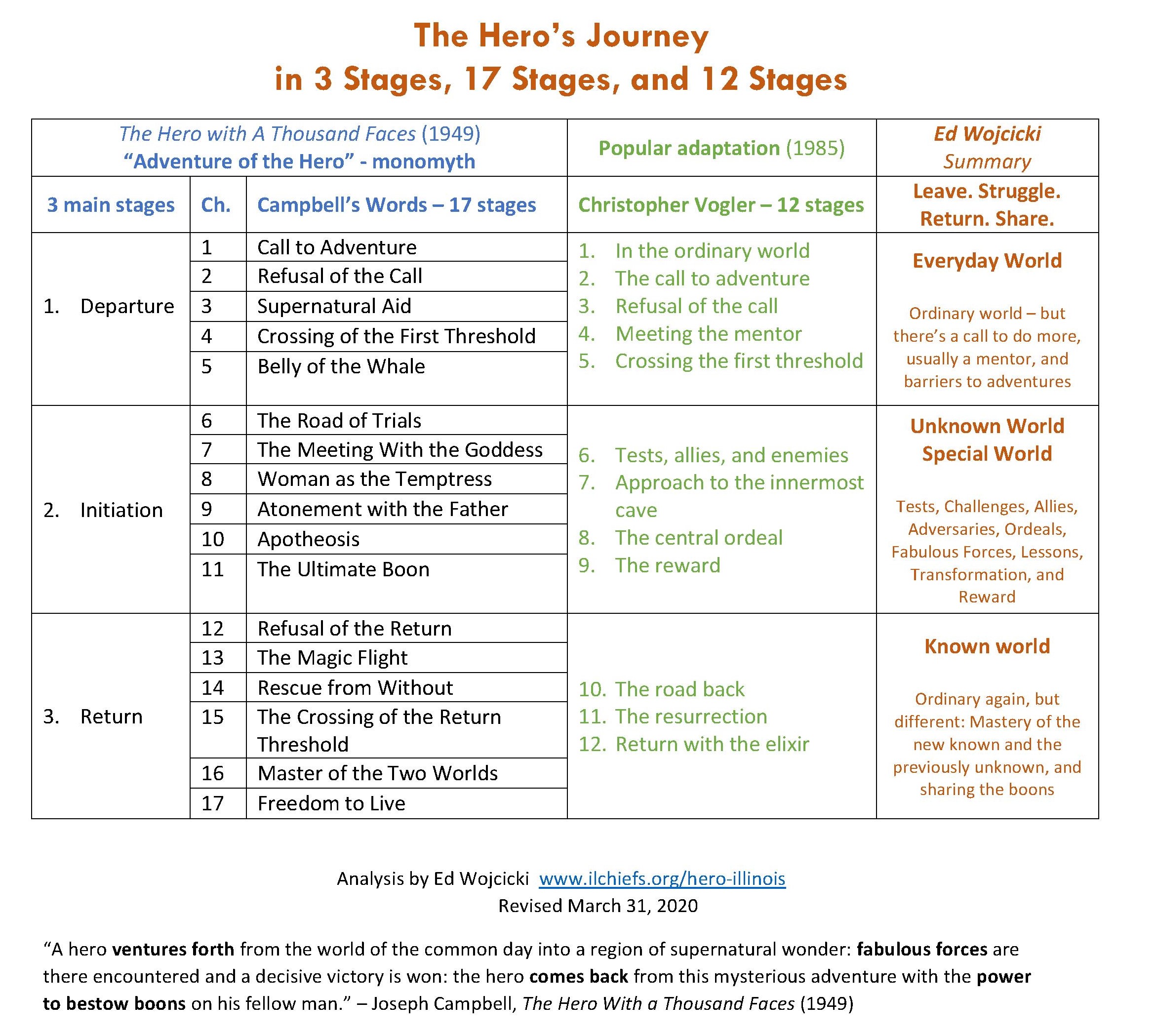
感兴趣的朋友可存图放大看
🌳
9. All right, off to the races. Part One: A hero separates himself from the world, or retreats to the realm of the unconscious. There are 5 possible elements to this departure. Quests can start for a lot of different reasons. For Siddhārtha Gautama[sɪˌdɑːrtə ɡaʊˈtɑːmə](悉达多乔达摩,佛教创始人,即释伽牟尼佛)[1], who eventually becomes the Buddha(佛陀), the hero's journey begins because he's bored.
But far more often, the journey begins when the hero receives the Call of Destiny. Frequently, the hero refuses the call. But once the hero finally decides to listen, they often get help preparing for their quest from a protective figure or a supernatural guide.
[1] Siddhārtha Gautama 悉达多乔达摩
姓乔达摩,名悉达多。古印度思想家、教育家、宗教改革家,佛教的创始人,称号为释迦牟尼、乔达摩佛、佛陀(意思为“觉悟者”)、世尊、释尊等,释迦,种族名,意为“能”;牟尼,亦译为“文”,是尊称,意为“仁”、“儒”、“忍”、“寂”。合为“能仁”、“能儒”、“能忍”、“能寂”等。
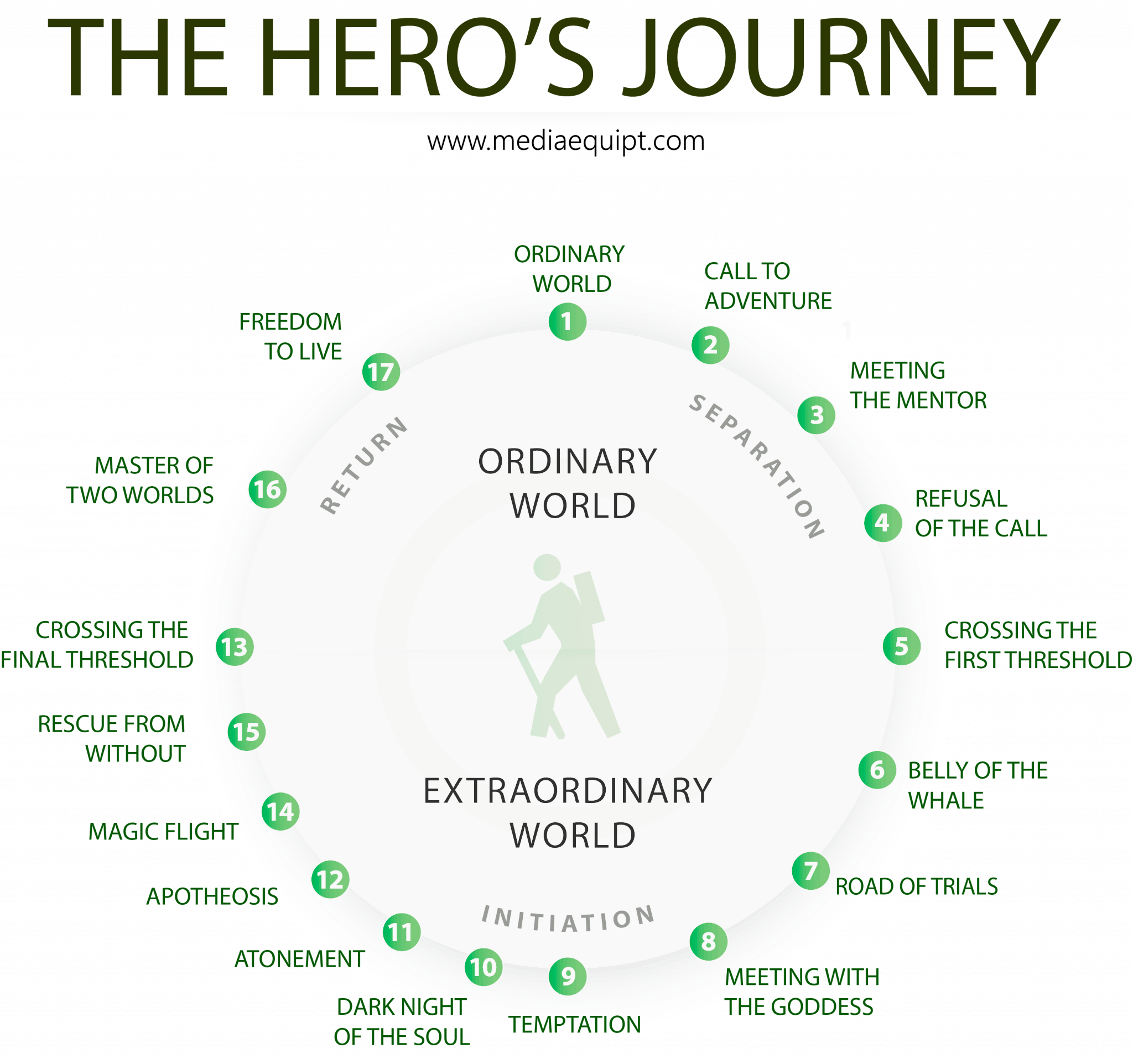
🌳
10. When they're finally ready, the hero sets out and reaches the gates of an unknown zone where they must confront the threshold guardian. After crossing, heroes almost always end up clobbered[ˈklɑbər](狠击;狠揍;猛打), sometimes near death. Like Hercules[ˈhɜːkjʊliːz](赫拉克勒斯,希腊、罗马神话的大力神) rescues Hesione[hɛːsaɪoʊˌnɪ](赫西俄涅,特洛伊公主) from a sea monster by diving into its throat and cutting his way out of the monster's belly. Yeah. Sometimes that "belly of the whale" part is pretty literal.
🌳
11. Part two contains the trials and victories of initiation; since, having responded to the call, the hero starts changing into the person they're destined to become. Part two of the hero's journey has six possible elements.
This part of the hero's journey is the exciting part. It consists of several tasks the hero must overcome to demonstrate their worthiness. Sometimes its a laundry list, like Hercules' twelve trials, and sometimes its one extended challenge, like maybe you've got to take a magic ring to a volcano(JRR·托尔金《魔戒》主角Frodo Baggins的任务). No big deal, right? No big deal. Just a, just a ring; just a volcano.
🌳
12. For Campbell, the most important thing is the trial or trials represent psychological danger. Along the road of trials, our hero might come across a lady. Sometimes this is a powerful lady, a goddess even, who gives the hero a chance to show his maturity through soulful communion. If you're picking up what I'm putting down.
Other times, our hero resists the intimate charms of such a lady, which then casts her as an adversary. So that's another trial the hero must overcome. These days we may take the meeting with the goddess and the woman as temptress with less stereotypically heteronormative(异性恋主流价值观) grains of mythological salt.
🌳
13. And because Campbell worked with Freudian psychology, no journey would be complete without a confrontation with your father or father figure. Often a priest or sacred individual who tests the hero and approves of their new-found psychological maturity. The father might also take the form of a monster, who, as any good Freudian will tell you, is clearly a symbol for your father.
Personally, I don't know if I would get the message. My dad is a pretty non-monstrous guy. He's retired, he makes bird houses. They are monstrous bird houses though.
🌳
14. By confronting their father figure, the hero achieves enlightenment. This is called apotheosis(尊为神圣; 神化), which sometimes results in the human hero becoming a literal god, which is what apotheosis literally means. Tons of heroes are also half-god already, anyway.
Finally, having achieved enlightened status, the hero takes possession of an object, which symbolizes their apotheosis. They must return to whence(从哪里;从何处) they came with it.
🌳
15. Part three is the return and reintegration with society, with six final elements. This part of the hero's journey is pretty different from contemporary storytelling.
Today, defeating the monster or recovering the Grail(圣杯) or getting the girl are usually the end of the story. But for mythological heroes, returning home and finding acceptance after their great enlightenment is just as challenging. Sometimes the enlightened hero is less than eager to get back to business as usual. Even an eager hero might be forced to flee, perhaps with the help of magical creatures or a nifty flying carpet.
🌳
16. The hero might be rescued from their epic journey by a friend or a colleague. There may be a symbolic crossing back into the everyday world, as is common in stories where the hero journeys to the underworld.
Sometimes we learn that the hero's newfound power allows them to traverse between the everyday world and the land of adventure. In any case, the hero will end up back where they started, with the mythological equivalent of living happily ever after. The hero is at peace, free to live out their life.
🌳
17. Hopefully, Campbell's heroic scenes have already reminded you of hero stories that you're familiar with. Odysseus[oʊˈdɪsiəs](奥德修斯,荷马史诗《奥德赛》主角), Beowulf[ˈbeəˌwʊlf](贝奥武夫,同名英雄叙事长诗的主角), Luke Skywalker(卢克·天行者,《星球大战》系列电影主角), Men in Black(《黑衣人》,威尔史密斯主演的科幻电影). This is, perhaps, the point of learning Campbell's theory. It isn't a road map to every hero ever, but a useful tool for recognizing and comparing stories.
To illustrate this, we're going to head to Australia, where an unlikely story can help us see heroism in action, but also demonstrate some alternatives to Campbell's formula.
🌳
18. In this story the hero isn't a lone, half-god dude, but a group of seven teenage Aboriginal[ˌæbəˈrɪdʒən(ə)l](澳大利亚土著) girls. According to the tale, as the seven girls reach adolescence, they realize they must shed(摆脱,去除) their childhood by gaining control over three things: hunger, pain, and fear. They go to their elders and explain that they're ready to do whatever it takes. The elders agree to help, but they warn them - the tests will be severe.
🌳
19. First, to conquer their hunger, the girls spend three years isolated from their brothers and sisters. Each day, they receive only two small meals, one at sunrise, and another at sunset. And at the end of the third year, the elders take them on a week-long journey into the wilderness, travelling through the heat of the day. But the girls don't falter(畏缩;退缩), no matter how hungry or how hot.
🌳
20. And when the week is over, the elders tell them to keep walking for three more days with no food at all. On the third day, the elders produce a roasted kangaroo and a flint knife(燧石刀)[1]. They tell the girls to cut off whatever they need. Standing in the heat under the gaze of the elders, each girl takes the knife and cuts exactly the same meagerly-sized portion as their meals of the last three years. After resisting the temptation to eat an entire kangaroo, the elders are pleased. And hunger: conquered.
But if you thought three years, one week, and three days of semi-starvation was bad, you don't know kith(亲属,朋友) from kangaroo meat. Brace yourselves, we're headed to the story.
[1] 燧石,一种硅质岩石,燧石质密、坚硬,多为灰、黑色,敲碎后具有贝壳状锋利断口。
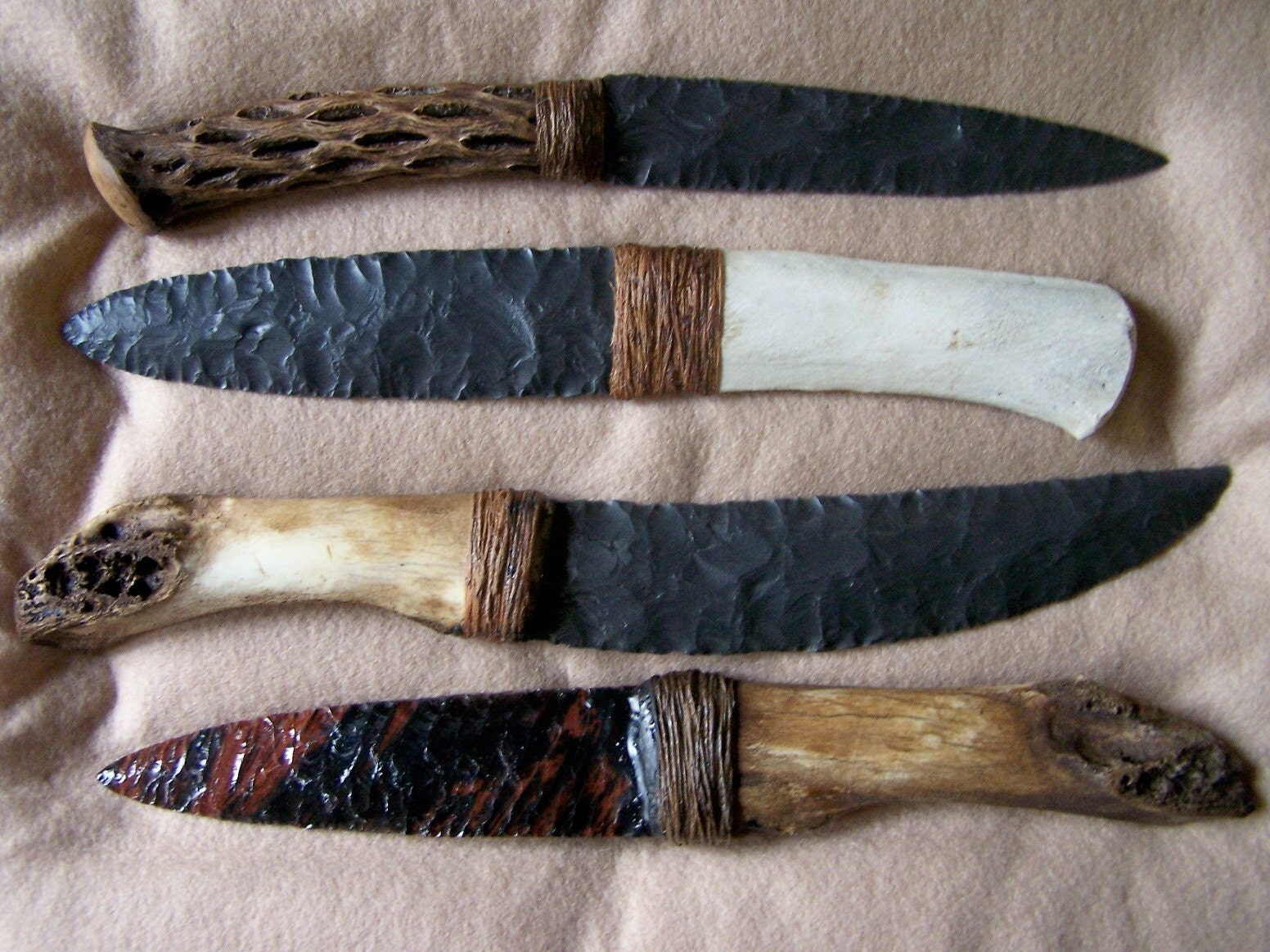
Flint knives
🌳
21. The next trial is pain. So the elders break out each girl's front teeth - no reaction. Then, the elders cut each of the girls' breasts with a flint knife - no reaction. They rub wood ashes into the wounds - the girls hold strong. Finally, the elders devise the most intense test yet: piercing the girls' noses and forcing them to sleep on an anthill. By the following morning, with all seven girls still standing, pain is conquered.
🌳
22. The only trial left is fear. The elders tell the girls a series of horrible stories. They talk about fearsome spirits and ghosts. And then, say that their campsite is a burial ground. That night as the girls try to sleep, the elders creep around making scary noises. But no matter how monstrously the elders yell, they show no signs of fear. The elders declare the girls have conquered fear and send word to the adjoining tribes, calling for celebrations in their honor.
🌳
23. But just when it looks like they'll get a chance to relax, one of the girls steps forward and speaks to the other children of the tribe: "We have passed through the testing that our elders prescribed, and we have endured much pain. Now it is the desire of the Great Spirit that you should go through the same course of testing. Happiness comes through thinking of others and of forgetting the self. It is necessary to vanquish(战胜,克服,击败) self. Will you not go and do as we have done?"
The Great Spirit is so pleased at this that he takes the girls into the heavens without death, where they become a symbol to their people: The Seven Sisters, or Pleiades.[plee-uh-deez](普勒阿得斯)[1]
[1] Pleiades 普勒阿得斯
她们代表昴宿星团,古希腊神话中也有同样的故事,Pleiades是泰坦族擎天神Atlas(阿特拉斯)和大洋神女Plêionê(普勒俄涅)所生的七个女儿的统称,是Artemis(阿尔忒弥斯)的伴神。
🌳
24. So, clearly this story doesn't map perfectly onto Campbell's monomyth structure, but you can see the patterns. The seven sisters receive a call to leave their home. They cross a threshold and live in the wilderness far from their peers. They go through a long road of trials where they atone to the elders. They receive enlightenment, return home to further drama, and are made literal celestial bodies.
🌳
25. What's more, we can use these scenes to ask questions about human psychology. Campbell's framework prompts us to ask, "What might these trials symbolize? How might we see our own growth as individuals in this particular tale of struggle? What is it like returning to a familiar environment after a massive personal change?"
🌳
26. Over the next few episodes, we're gonna measure a few of the most well-known mythological heroes against Campbell's framework. It won't always be tidy, but with practice you'll be able to identify these structures in more and more places. Not just contemporary media either. You might even see these patterns in your own life. After all, Campbell thought that we can all be heroes, even if it's just for one day.
Thanks for watching. We'll see you next episode. And you know what? Thoth is my personal supernatural aide(助手,副官).
To be continued…
未完待续…
